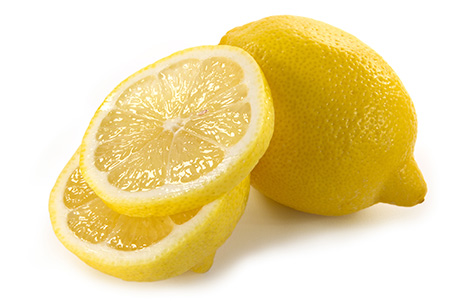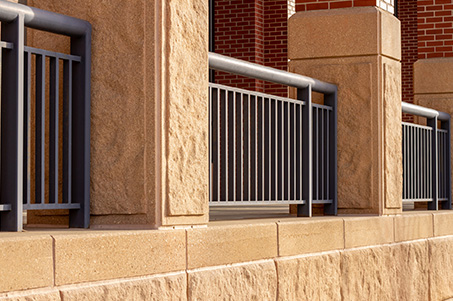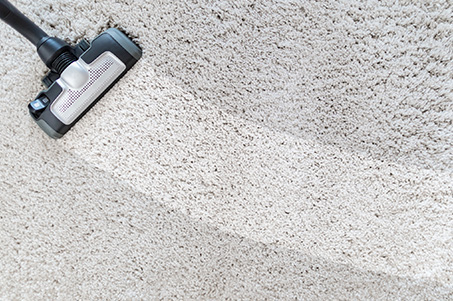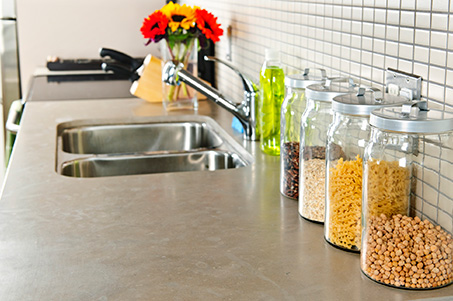Cleaning That Sooty Fireplace
April 14, 2022
 Whenever you move out of the cold season and into warmer weather, you may find yourself looking at your fireplace surround and hearth with a bit of dismay. Chances are your surround, mantle and hearth are discolored by stubborn sooty residue that won't come off with just a quick wipe down. So what do you do? How do you clean that stuff?
Whenever you move out of the cold season and into warmer weather, you may find yourself looking at your fireplace surround and hearth with a bit of dismay. Chances are your surround, mantle and hearth are discolored by stubborn sooty residue that won't come off with just a quick wipe down. So what do you do? How do you clean that stuff?Well, the first thing to know is this: that oooky residue is essentially grease, so you need a good degreaser. A lot of industry experts agree that tri-sodium phosphate (TSP) is the tried and true solution for just this situation. However, TSP is also a harsh chemical that is not good for humans or the environment in general. This means you need to know how to handle it if you're going to use it.
Here are some pointers:
- Read the instructions and warnings before you begin. And follow them!
- Limit your exposure. Wear long pants and long sleeves. Use gloves, glasses and a particle mask or respirator, and make sure there is proper ventilation!
- A little goes a long way. ½ to 1 cup of TSP to one gallon of hot water is plenty. For more control on a vertical surface, you can create a paste with the TSP and a little water and apply it with a sponge or scrub-brush (depending on the surface type) but you won't need a lot, so go easy and rinse thoroughly!
- Also note that TSP does unfriendly things to paint, so if you don't want to be repainting once you've finished cleaning, mask and protect painted surfaces as necessary.
- TSP can be damaging if it ends up in lakes and streams, because is stimulates the excessive growth of algae, which depletes the oxygen levels in the water, endangering fish and other wildlife. It's not something you want ending up in your septic system or individual water purification system either. Dilute well and make sure you know where that waste-water is headed.
- The toxic nature of TSP means its use and disposal may be restricted. Be sure to check local and state regulations so you don't run afoul of them.
If all these considerations have you thinking maybe you'll hire someone to get rid of that sooty residue, it's understandable. Calling a professional to deal with all of that for you is always an option, but even then, it's good to know enough to be able to evaluate how well they are caring for you, your family, your property and the environment.
This article is one of a series of articles written and published on behalf of SurpHaces PRO Partners





